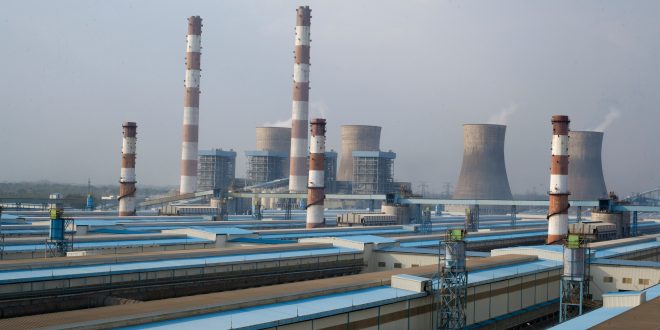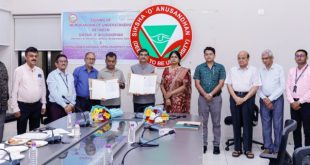New Delhi: Vedanta Aluminium, India’s largest producer of aluminium, is proud to declare that its largest aluminium smelter has substantially reduced its GHG or greenhouse gas emissions intensity (carbon footprint) by around 12% in FY22 over the previous fiscal, while increasing production volume by 20%. On World Environment Day, Vedanta Aluminium commits to reduce GHG emissions intensity by 25% by 2030, over FY21 baseline, as part of its climate action endeavours. Historically, Vedanta Aluminium has reduced its GHG emissions intensity by 21% in the 2012-21 period, while almost tripling its production in the same period.
Vedanta Aluminium has deployed a multi-pronged approach for combating climate change. This includes operating plants at high levels of operational efficiencies, increasing quantum of renewables in energy mix, and transitioning to cleaner fuels from fossil fuels. Testimony to its climate action initiatives.
Speaking about Vedanta Aluminium’s approach to sustainable development, Rahul Sharma, CEO – Aluminium Business, Vedanta Limited, said, “Being India’s largest producers of aluminium, we firmly believe in our role as climate action stewards while being industry leaders. We have set ambitious targets for ourselves on our road to Net Zero Carbon by 2050, with the first milestone being 25% reduction in GHG emissions intensity by 2030. We have adopted a 360-degree approach to sustainable development, which includes products, processes, technology, policy and partnerships. We believe our actions will help build a net-zero climate-resilient business, while creating virtuous circles of sustainable growth, jobs and opportunities – for us, our stakeholders, the nation and world at large.” The past year has seen Vedanta Aluminium increase its focus significantly in the areas of carbon reduction, renewable energy, biodiversity, air, water, waste management and communities. For instance, the company has signed several MoUs with India’s leading technology institutes for extracting residual value out of industrial by-products like fly-ash and bauxite-residue, as well as establishing circular economy avenues for their utilization.
 Update Odisha-Latest Odisha News I Breaking News Get latest news on Odisha, Govt. Jobs, OSSC, OPSC, Entertainment, Crime, Sports, and Education
Update Odisha-Latest Odisha News I Breaking News Get latest news on Odisha, Govt. Jobs, OSSC, OPSC, Entertainment, Crime, Sports, and Education



